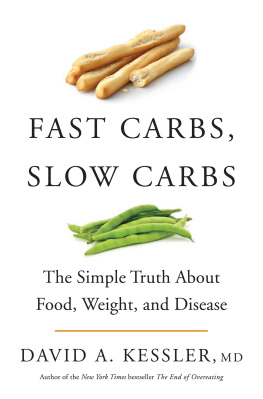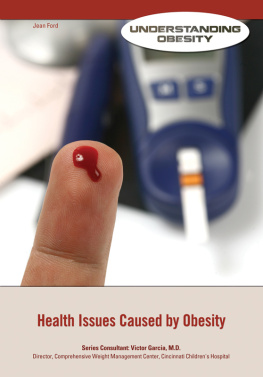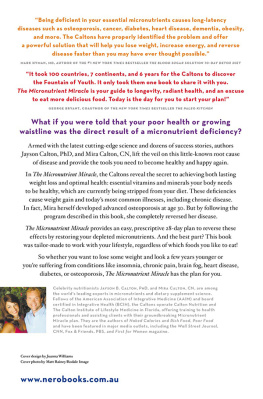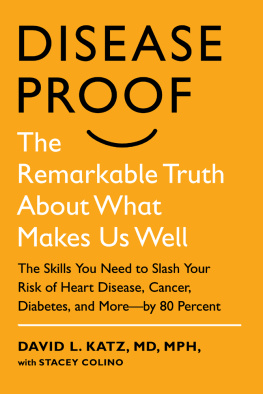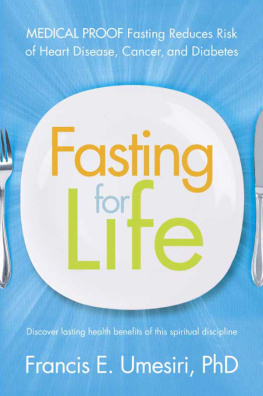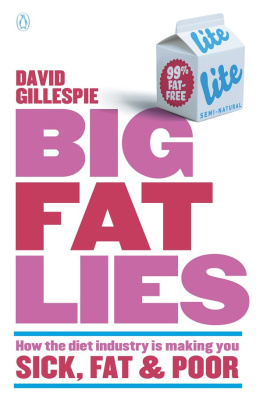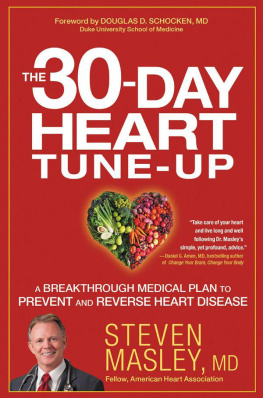Contents
Guide
For Lena and David
Contents
G rain is an American archetype, a symbol of the United States as a breadbasket to the world. Its influence in our history and economic development can scarcely be exaggerated.
A stucco frieze on the ceiling of the New Room at Mount Vernon, the mansion owned by George Washington, showcases a sheaf of wheat. In a letter to Lafayette on June 18, 1788, Washington wrote, I hope, some day or another we shall become a storehouse and granary for the world. Abraham Lincoln created the U.S. Department of Agriculture and established land grant colleges to promote agricultural education. Since 1887, when Congress passed the Hatch Act, professionals assigned to every farming county in the nation have been charged with ensuring that the nations farmers have the assets they need to extract the largest return possible from the land, with the greatest efficiency.
In short, the federal government has played a central role in shaping American agriculture since the nations birth. As a result, we have built a vast economic infrastructure on starch. It began with the westward expansion in the nineteenth century and accelerated rapidly in the twentieth, taking full advantage of fertile prairie grasslands and of other conditions that enabled wheat and corn cultivation to thrive in the fields of the Midwest and West.
Decades before refrigeration, the continental railroad system seemed purpose-built for shipping sacks of uniform, easily traded grain. The tractor and mechanized farm equipment made possible the near-automation of grain harvesting; fruit and vegetable production, by contrast, still mostly depends on human labor.
After World War II, the large-scale explosives factories that could use the airs nitrogen to make ammonia were reconfigured to manufacture commercial fertilizer, which could be spread on the vast grasslands. And in his bid for reelection in 1972, Richard Nixon transformed the federal farm subsidy program, giving American farmers an incentive to grow as much starch as they possibly could.
Consumer culture grew in parallel to industrial agriculture. Food companies found they could make considerable profits by selling processed foods. Then they stumbled upon the Holy Grail of food engineering, discovering ways to make food irresistible to the majority of Americans. With the right combinations of starch, fat, sugar, and salt, they could get people to keep eatingand purchasingtheir products. They had a willing partner in the starch production industry, which excelled at processing whole grains into fast carbs.
The expanding starch marketing apparatus received one more boon from the federal government in the form of well-intentioned dietary guidelines that unwittingly directed Americans to eat more highly processed starch.
Although direct payments to farmers have ended, American farm policy helped spawn a starch production and marketing behemoth that dominated the food landscape, as it continues to do today. Large corporations and conglomerates now control every step of the food chain, from the fields to the processing plants to the fast food establishments that sell us supersize, starch-based meals. That is the inescapable food environment in which we live, the sea of starch in which we struggle to stay healthy.
Yet we can also detect strong signs of positive change in our culture. Consumer demand for organic produce, organic food, and products without added sugar continues to rise. The twin epidemics of obesity and diabetes are fixed in the public consciousness. Growing numbers of Americans now stand in the aisles of their supermarkets, as I have done, studying food labels. With billions of dollars at stake, much of the food processing industry has responded with, unsurprisingly, more processed food. They have slapped clean and natural labels on their products and replaced chemically modified starches with naturally occurring or physically altered starches with names that dont broadcast their chemical contents. Theyve created low-glycemic processed foods, plant-based processed foods, and processed foods with added fiber, tinkering and reformulating around the edges without abandoning their dependence on processed starch. But none of that addresses the core problem of fast carbs.
T he fields of wheat and rows of corn and soy that quilt the American heartland are a source of national pride and a feat of ingenuity and technology. We can grow enough food for the entire country and beyond, and employ hundreds of thousands of people to cultivate, process, and package it until it arrives at our supermarkets. This system allows each of us to live without having to forage for sustenance, plant our own gardens, keep our own livestock, or worry about how to feed ourselves when winter comes.
The earth, of course, is the source of this bounty. It offers itself up to us in the form of grain, fruits, and vegetables. That it produces the exact nutrients our bodies need to thrive is the unfathomable result of evolution. If we imagine the earth as a living, cognizant entity, we might think that it wants us to survive. That it cares about us. Why this is may always be a mystery, but we are in a deep and inextricable relationship with the earth, one in which we humans should be flourishing.
Yet despite the healthy sustenance available to us, we are far from healthy. Americans are plagued by obesity, heart disease, and diabetes, and incredibly, our food has become the number one cause of these ailments. Not food in its natural, unprocessed state, but the products that emerge from the huge processing plants that also dot the heartland. The food processing industry has destroyed the inherent structure of food, transforming much of it into highly palatable, ultraprocessed carbohydrates that can be digested rapidly. We, in turn, are consuming these rapidly digestible carbsstarches and sugar, which I refer to as fast carbsin larger and larger quantities, and they are destroying our bodies. Globally, eleven million deaths and 250 million disabilities are attributable to diet; that translates into one in five deaths.
In the pages ahead, Ill build the case for the many kinds of damage that result from consuming these foods, but the capsule view is this: fast carbs hijack appetite, interfere with feelings of fullness, make it hard to control weight, and have a toxic effect on metabolic pathways, which results in a vicious cycle of insulin resistance, obesity, and chronic disease. The American diet also increases our odds of developing heart disease.
While human biology is complex, the road to better health doesnt have to be. The goal of this book is to cut through the confusion surrounding food, diet, and health. Identifying the danger posed by fast carbs will allow us to reclaim a healthy body weight, prevent diabetes, and markedly reduce atherosclerotic heart disease. The information here is aimed at people who, like me, have engaged in a lifelong struggle with weight, but it will also be useful to anyone who is interested in eating a healthy diet.
Its important to understand that ultraprocessed foods are designed to be irresistible, and to prompt overconsumption. In addition to degrading the structure of carbohydrates, food processors increase the palatability, or sensory appeal, of these already compromised foods by adding sugar, fat, and salt. Virtually all packaged snack foods feature some combination of those ingredients, as do pizza, fries, and many baked products. Once we start eating them, its very difficult to stop; thats because we absorb fast carbs early and quickly in our gastrointestinal tracts. As a result, our bodies dont release the hormones that trigger fullnessand we keep on eating. Its a vicious cycle.
But overeating isnt the only health hazard posed by fast carbs. They also elevate blood glucose levels, which then cause insulin levels to rise. That leads to increasing dysfunction of the metabolic pathways, which are the linked chemical reactions that occur in the body, including how we process the foods we eat and the reactions that convert them into the energy and molecules we need to live.
Next page
